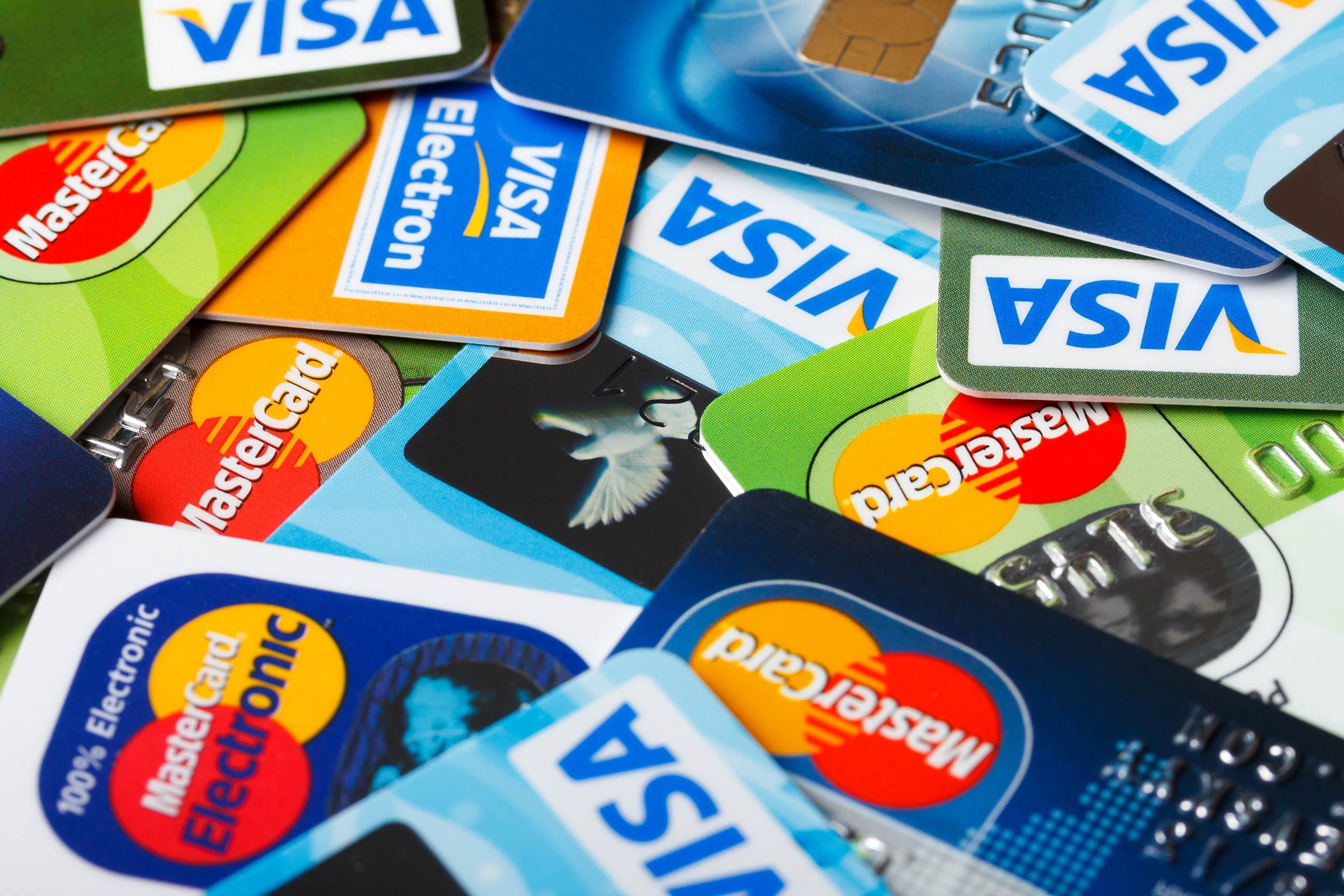Is there a more worser feeling than the feeling of being lodged under a tantamount of debt? We have to admit that we made this debt mainly because of our bad spending habits although there are other times it is due to some circumstances, which is beyond our control. Nevertheless, whatever the reason, the main concern is just how to get out of debt. Moreover, once you learn some methods, you will later be able to cut debt.
- List down all debts you have – You cannot get out of debt without even knowing how much you owed. Start listing all bills with balances, credit cards, personal loans, auto loans, etc and get the total. Organize them along with corresponding interest rates; then set a payment order.
- Hide credit cards away – If you can, cut up your credit cards, or hide them in a safe place avoiding your wallet, phone or even computer. And after your debt has been paid off, you can consider using them again — sparingly.
- Hold on spending – Now’s the time to make the “budget”. Start tracking down your spending. Identify things you don’t actually and other frills that you can eliminate. If a particular item isn’t essential, eliminate it immediately. Make a spending plan that only covers essential items, and direct any savings you identified towards paying off your debt.
- Learn to use cash – Use cash in all of your spending habits; receipts so it will help you track what you’re spending. You can also make use of debit cards. These cards are always wearing bankcard logos and mostly welcome in stores that accepts credit cards. A convenient way to pay cash without actually carrying it.
- Learn the do it yourself program – Early generations are capable of “do-it-yourself” repairs. If there is no need to employ help for doing some repairs or services; then do so yourself. If this option works for you, you might save a gracious amount of money.
- Plan shopping in advance – Impulsive buying is the main culprit in debt accumulation. Start doing some centralized list of necessities; mark off what is not necessary. And if you have some, use coupons and discounts. Always utilize discounts and coupon codes in saving money in overall purchase price.
The overall take, after you get out of debt, is to never restart the problem. After the slate comes clean, avoid unnecessary spending again and start saving.





